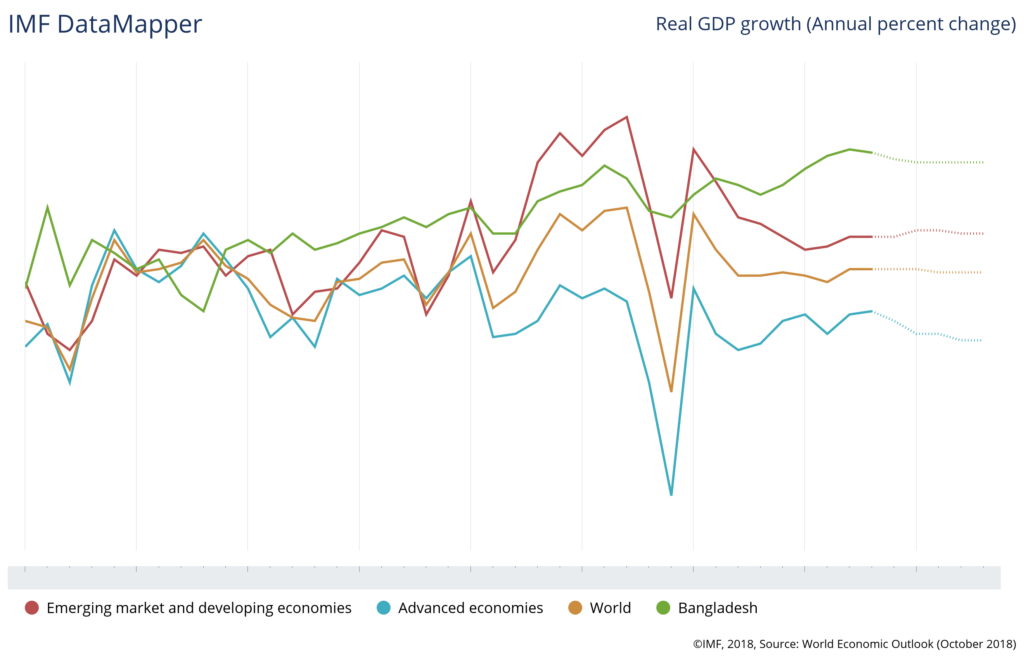The china USA trade war, Brexit resulted in a lower Global economic growth in this year.On the eve of its annual meetings in Bali, Indonesia,
The International Monetary Fund said the world economy is plateauing.
Cut .2 From previous
3.9% projection
Aimed China USA Trade War & Brexit
The International Monetary Fund’s projection for global economic growth in 2018-19 has been revised down to 3.7% from the 3.9%. Global stocks continued to tumble Tuesday, following a downbeat assessment of world economic growth from the IMF. That reflects weaker growth in advanced economies, rising trade tensions, and higher oil prices.
The USA Recently imposed extra VAT at Chines imports and the Brexit tension over Europe have a negative effect on trade and . The IMF predicted the Federal Reserve will hike rates in December and four times next year to about a 3.5% rate by the end of 2019.
IMF Forecast | Actual 2017 | Forecast for 2018 | |
| Global growth | 3.7 | 3.7 | 3.7 |
| Advanced economies | 2.3 | 2.4 | 2.1 |
| United States | 2.2 | 2.9 | 2.5 |
| Euro zone | 2.4 | 2.0 | 1.9 |
| United Kingdom | 1.7 | 1.4 | 1.5 |
| Japan | 1.7 | 1.1 | 0.9 |
| Bangladesh | 7.4/ | 7.3 Actual 7.86 | 7.1 |
| China | 6.9 | 6.6 | 6.2 |
| India | 6.7 | 7.3 | 7.4 |
| Russia | 1.5 | 1.7 | 1.8 |
| Brazil | 1.0 | 1.4 | 2.4 |
| Crude oil price | $52.81 | $69.38 | $68.76 |
| CPI – advanced | 1.7 | 2.0 | 1.9 |
| CPI-emerging | 4.3 | 5.0 | 5.2 |
Bangladesh became the 26th largest economy in 2030
HSBC’s long-term growth model projections showed that the real GDP growth of Bangladesh would be 7.1 percent per year up to 2030, the highest among the 75 countries included in the report.
Bangladesh will be a $700 billion economy in 2030 from $300 billion now, according to the report

